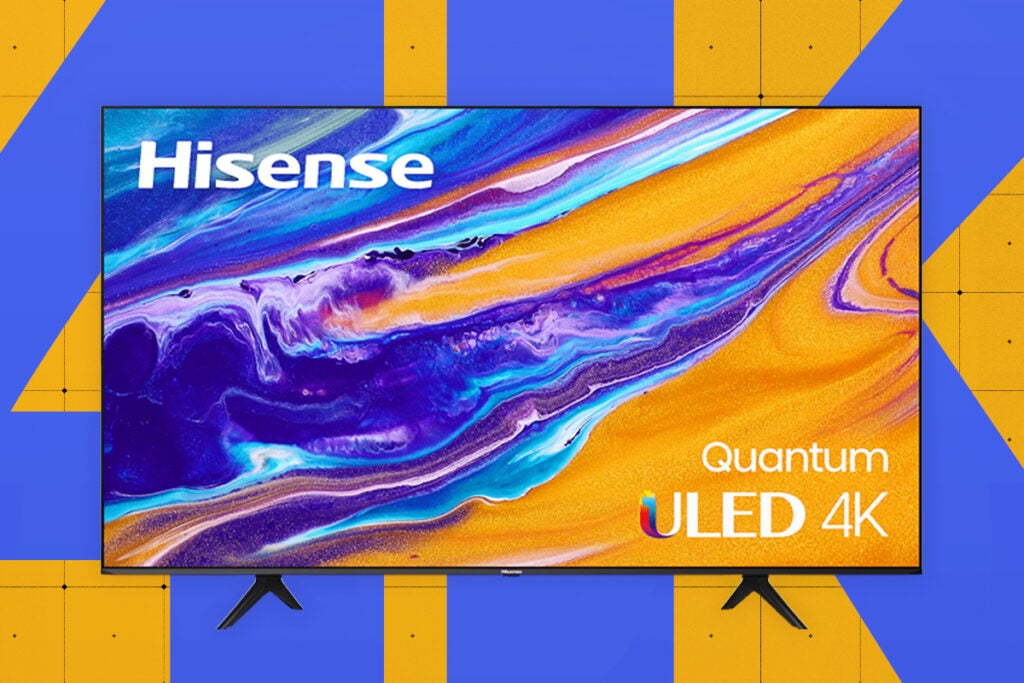

Although it’s been around since the early noughties, 4K technology has only become more of a household term in the last 10 years or so.
Whether you’re investing in a new TV and want to know which one to go for or you’re just not sure what 4K actually means, we’ve put together a guide so you can take the confusion out of the jargon.
What is 4K?
For a TV or screen to be 4K it needs to have a resolution of 3840 x 2160 pixels, which equates to a total of about 8.3 million. This is four times as many as a Full HD TV, with the higher amount of pixels resulting in a clearer and better-defined picture which results in more detail and texture.
To make things slightly confusing, 4K is also known as Ultra High Definition (UHD) resolution, and sometimes brands will refer to a 4K screen as UHD, Ultra HD, 4K UHD or even 2160P. However, regardless of the name favoured by a brand, these are all essentially the same thing and will have the same high 3840 x 2160 pixel count.
What is the difference between 4K and Ultra HD?
True 4K refers to a resolution of 4096 x 2160, which is used by digital cinema projectors. UHD in the consumer world refers to a resolution of 3840 x 2160, which is the resolution you get on TVs.
So technically, 4K is the wrong term, but the two are pretty much interchangeable.
Kindle Paperwhite Summertime discount
Amazon’s super-light Kindle Paperwhite has just become even more of a bargain
John Lewis
Save £30
£119.99
View Deal
How close do I need to sit to the TV?
The extra resolution and increased pixel density means you can sit further forward to get the most from your TV. And filling up more of your field of view makes for a more immersive experience.
While sitting close provides the most impact, we reject the notion that there’s no benefit from distant viewing positions. Lines remain cleanly drawn, depth is still perceptible, colours maintain their subtlety, and objects within the picture keep their three-dimensional appearance.
Where can I watch 4K content?
You can stream in 4K across the majority of popular streaming services, with Netflix currently offering the most 4K streaming options, although you may need to check your plan to see if you are able to. You can also stream 4K content from the likes of Apple TV Plus, Disney Plus and Amazon Video.
Pretty much all of Netflix’s original content comes wrapped in 4K Dolby Vision (but not everything, we should add), and much of the new content from Amazon and Disney, especially their big original series and films, are shown in 4K. Almost all of Apple’s streaming library is in 4K with a few exceptions.
Then there’s the Sky Q/Glass service, where you can watch the broadcaster’s growing catalogue of films, TV shows and sports in 4K with their Ultra HD package.
Can you watch non-4K content on a 4K TV?
Yes you can watch lower-quality content on a 4K TV. Better still, some TVs even have upscaling technology which optimises lower resolution content to fit the display panel of a 4K screen. This results in clearer and more detailed content which hasn’t been stretched or distorted, but note that not all TVs support this so be sure to check.
What internet speed do you need to stream 4K TV?
Netflix and Amazon require speeds of at least 15Mbps to stream 4K content. Speeds need to remain consistently at or above that figure because as soon as it drops – perhaps due to peak usage times – the picture will slip back into HD.
Don’t worry if you start off with a blurry image: it’s common for streaming services to start at a lower resolution and then bump it up to UHD after the initial buffer.
Netflix says on its website that you need 25Mbps minimum. But we’ve confirmed with Netflix that a consistent 15Mbps is enough. Compression techniques have improved over the years as have broadband speeds, so 4K streaming is more reliable than it used to be.
Although we’d say it doesn’t offer the best 4K picture (that’s 4K Blu-rays). Speaking of…
What connections do I need to watch 4K?
There have been multiple versions/standards of HDMI since the digital connection first appeared, with HDMI 2.1 the most recent.
At the time of its release, HDMI 2.0 carried an increase in data bandwidth, enabling playback of 4K feeds with full (so-called 4:4:4) colour sampling at frame rates of up to 60fps. HDMI 1.4 only supported 4K feeds up to 30fps.
It’s been subsequently replaced by a newer standard in HDMI 2.1, which boosts the bandwidth to 48gbps (from HDMI 2.0’s 18gbps). v2.1 support for 4K and 120fps as well as passthrough of dynamic HDR formats such as Dolby Vision and HDR10+ among many, many more things.
Given TVs support HDMI 2.0, and a fair few show some love for HDMI 2.1, it shouldn’t be a problem to feed 4K content into your TV.
Should you buy a 4K TV?
If you want to upgrade your TV to a better picture quality then you absolutely should consider a 4K TV. Although not the most pixelated offering on the market, with more and more 8K TVs popping up, a 4K TV is one of the best options for the average household as there’s more compatible content available and it’s affordable.







